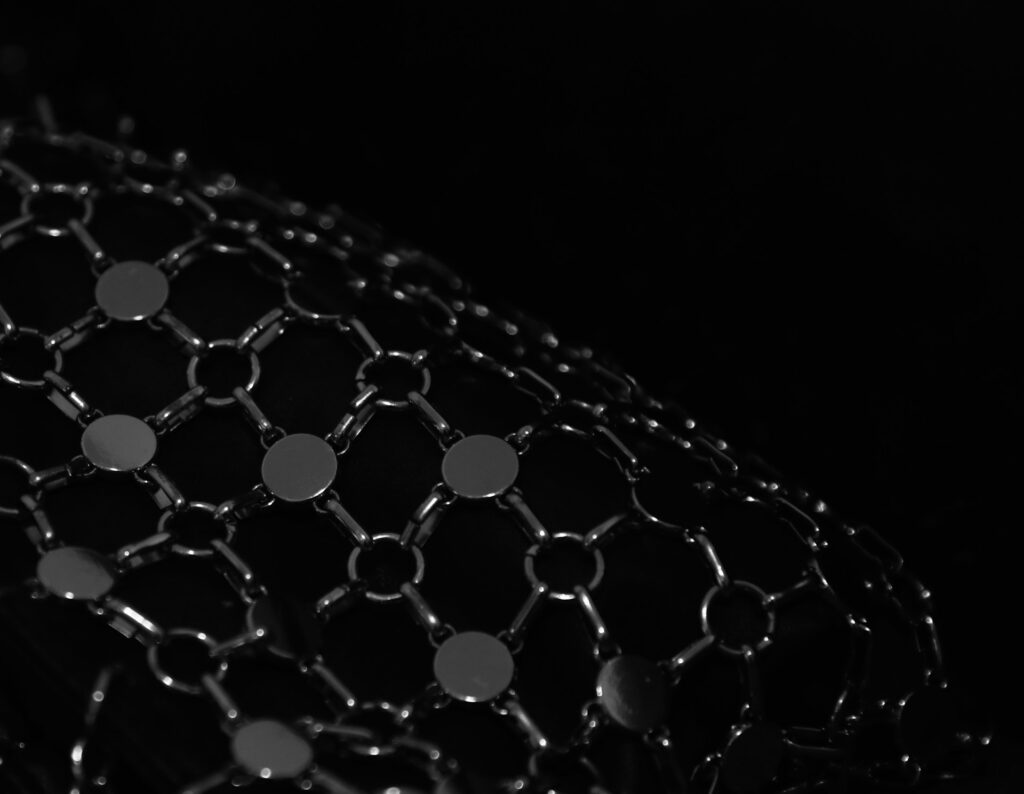A research team led by Professors Mary Jo Ondrechen and Penny Beuning at Northeastern University has been examining how genetic mutations disrupt the function of a key metabolic enzyme, offering a clearer view of why a rare disorder known as OTC deficiency develops. Their work combines machine learning and biochemical experiments to study how individual genetic changes alter the enzyme’s behavior inside the body. This approach adds molecular-level evidence to a condition that has long been understood clinically but explained only in part at the chemical scale.
Micheloni, E., Watson, S. S., Beuning, P. J., & Ondrechen, M. J. (2025). Biochemical Characterization of Disease-Associated Variants of Human Ornithine Transcarbamylase. ACS Chemical Biology, 20(5), 1059–1067. https://doi.org/10.1021/acschembio.5c00043
Ornithine transcarbamylase, or OTC, is an enzyme that plays a central role in the urea cycle, the pathway that converts toxic ammonia into urea so it can be excreted. When the enzyme is impaired, ammonia accumulates and can quickly reach dangerous levels. This disorder, OTC deficiency, often appears in newborns but can also surface later in life. Its severity ranges widely, from mild symptoms following high-protein meals to sudden, life-threatening metabolic crises. Current management centers on diet changes, nitrogen-scavenging drugs and, in severe cases, liver transplantation.
Professors Mary Jo Ondrechen and Penny Beuning at Northeastern University stated,
“We are now working on understanding these other contributing factors to the enzyme activity to determine how these different mutations affect activity, which, of course, could be different factors for the different mutations.”
Researchers have known that many different genetic variants can disrupt the OTC enzyme, but the specific biochemical effects of individual mutations have been less clear. The Human Gene Mutation Database lists nearly 500 OTC variants, with more than 300 involving a single DNA change. Some weaken the enzyme outright. Others appear benign in simplified biochemical assays, yet still cause disease when present in living cells. That inconsistency has made it difficult to determine which mutations are truly harmful and which may simply be background variations in the population.
The Northeastern team used a machine learning tool developed by Ondrechen’s group, known as POOL, to help sort through this complexity. POOL examines patterns across protein structures and uses those patterns to predict which mutations are most likely to disrupt enzyme activity. The researchers paired this analysis with experimental work in which they produced mutant versions of the OTC enzyme and tested them both in vitro and in cell cultures. This combination allowed them to compare what the machine learning model predicted with how the enzymes behaved under different conditions.
To deepen the analysis, the researchers incorporated a physical measure called μ4, which describes how strongly certain charged amino acids interact with their surroundings. Because OTC relies on precise charge distributions to position molecules for reaction, changes in this measure can reveal how specific mutations weaken or alter the chemistry. The team found that combining POOL predictions with the μ4 values helped identify which mutations interfered with the enzyme’s function and which likely acted through secondary mechanisms.
Their study looked closely at 18 mutations. Seventeen were predicted to impair OTC activity to varying degrees, and experimental work confirmed that most of those did in fact hinder the enzyme in living cells. The surprising cases were those in which the enzyme behaved almost normally in isolated biochemical tests but showed reduced function inside cells. This suggests that some mutations affect protein stability, folding, or interactions within the cellular environment rather than directly altering the catalytic chemistry. Understanding these indirect pathways will be an important focus of ongoing research.
The work adds detail to a broader effort within biochemical and medical fields to understand how specific genetic changes lead to disease. It also contributes to discussions around personalized treatment strategies. If researchers can determine precisely how a mutation alters enzyme function, it may eventually become possible to design small molecules that compensate for the defect, stabilize the protein, or adjust the relevant pathway. This is still a long-term goal, but studies like this provide the molecular reasoning needed to move in that direction.
Ondrechen and Beuning note that the effort required a combination of computational modeling and extensive laboratory work. Graduate students contributed to expressing and purifying mutants, running cell assays, and generating the data needed to validate the machine learning predictions. Their analysis shows that biochemical and computational tools can complement each other, especially when studying conditions with many possible genetic variants.
Future research will explore why some mutations cause disease without visibly weakening the enzyme’s catalytic function. Factors such as reduced expression levels, impaired transport into mitochondria, or interactions with other components of the urea cycle may play roles. The group is currently working to identify which of these factors are relevant to different mutations and how these insights might inform potential therapeutic strategies.

Adrian graduated with a Masters Degree (1st Class Honours) in Chemical Engineering from Chester University along with Harris. His master’s research aimed to develop a standardadised clean water oxygenation transfer procedure to test bubble diffusers that are currently used in the wastewater industry commercial market. He has also undergone placments in both US and China primarely focused within the R&D department and is an associate member of the Institute of Chemical Engineers (IChemE).



